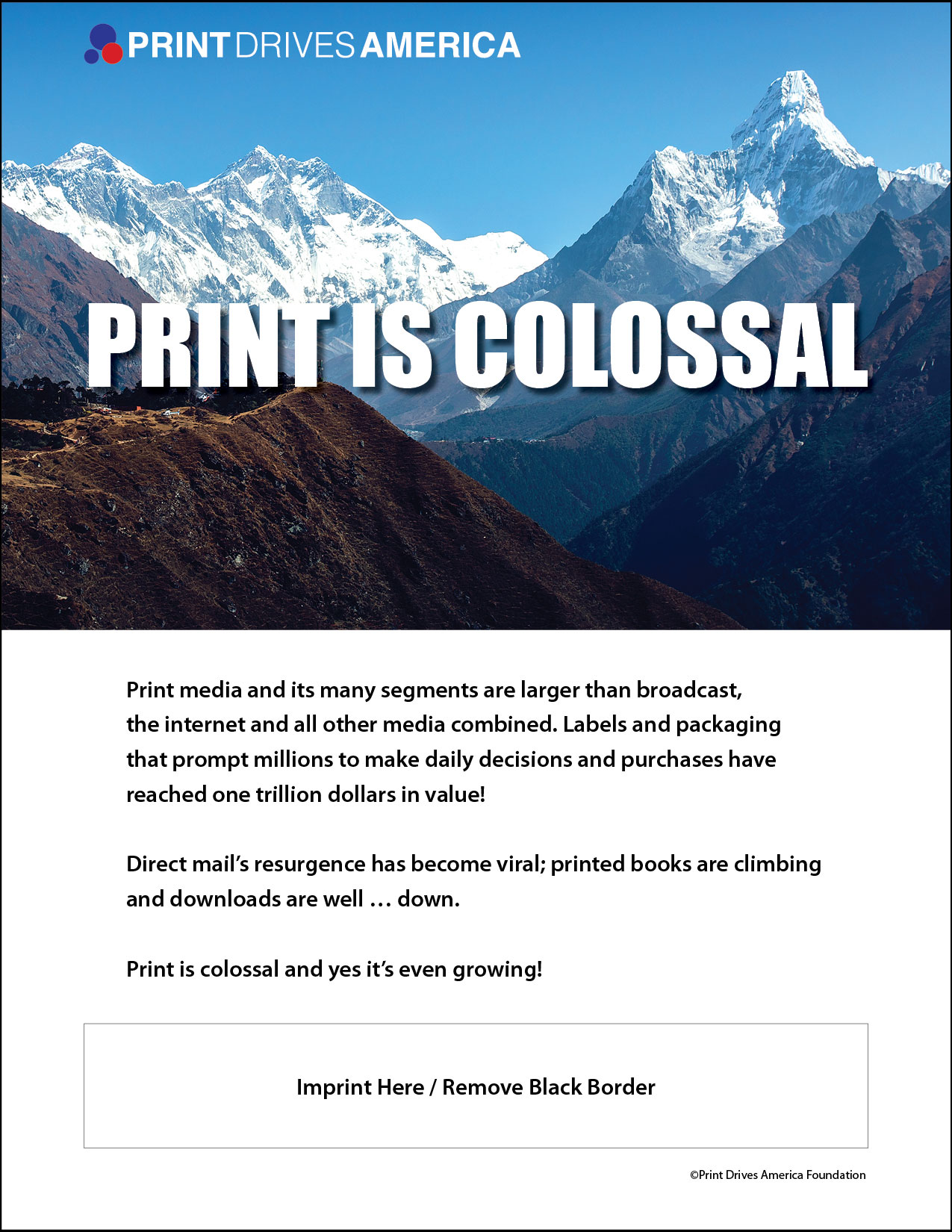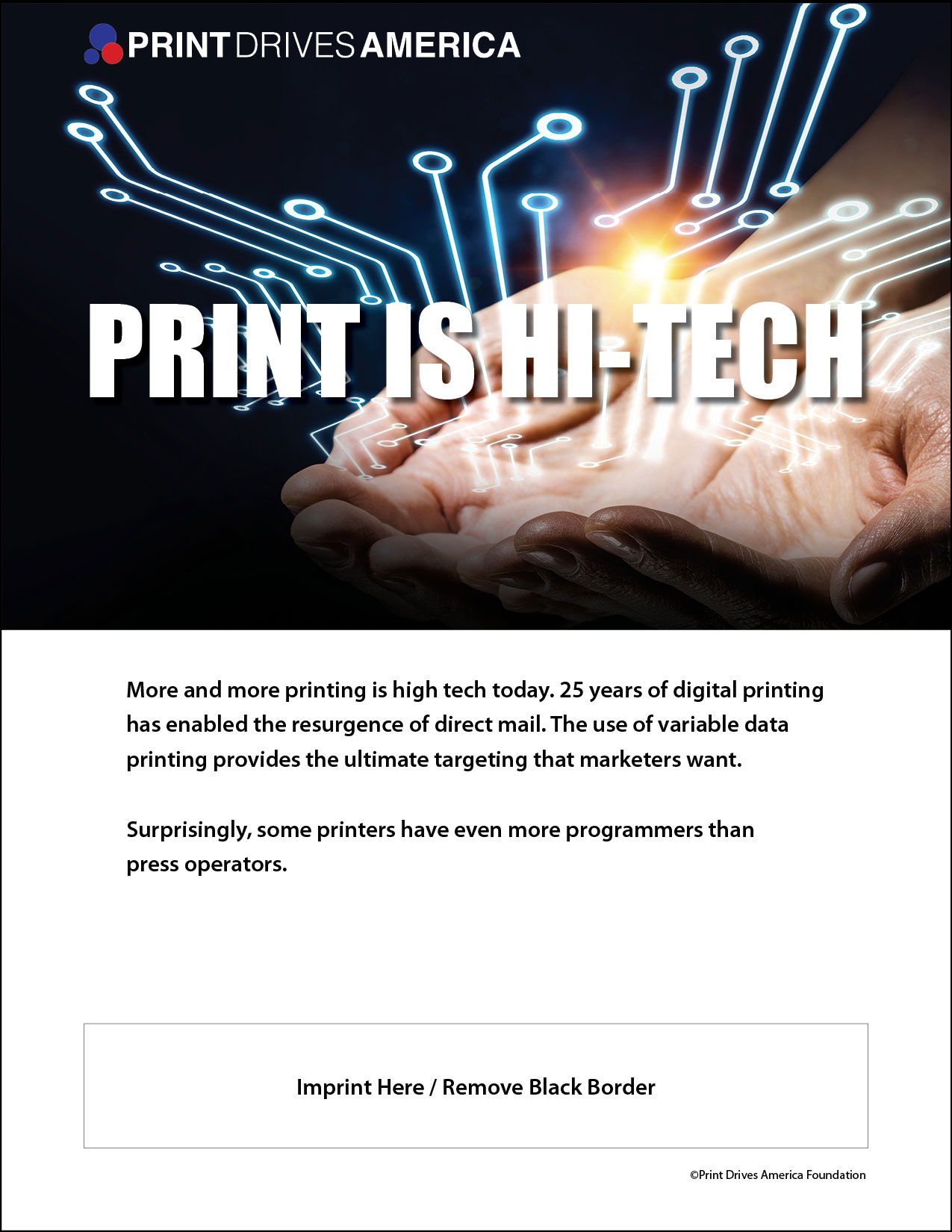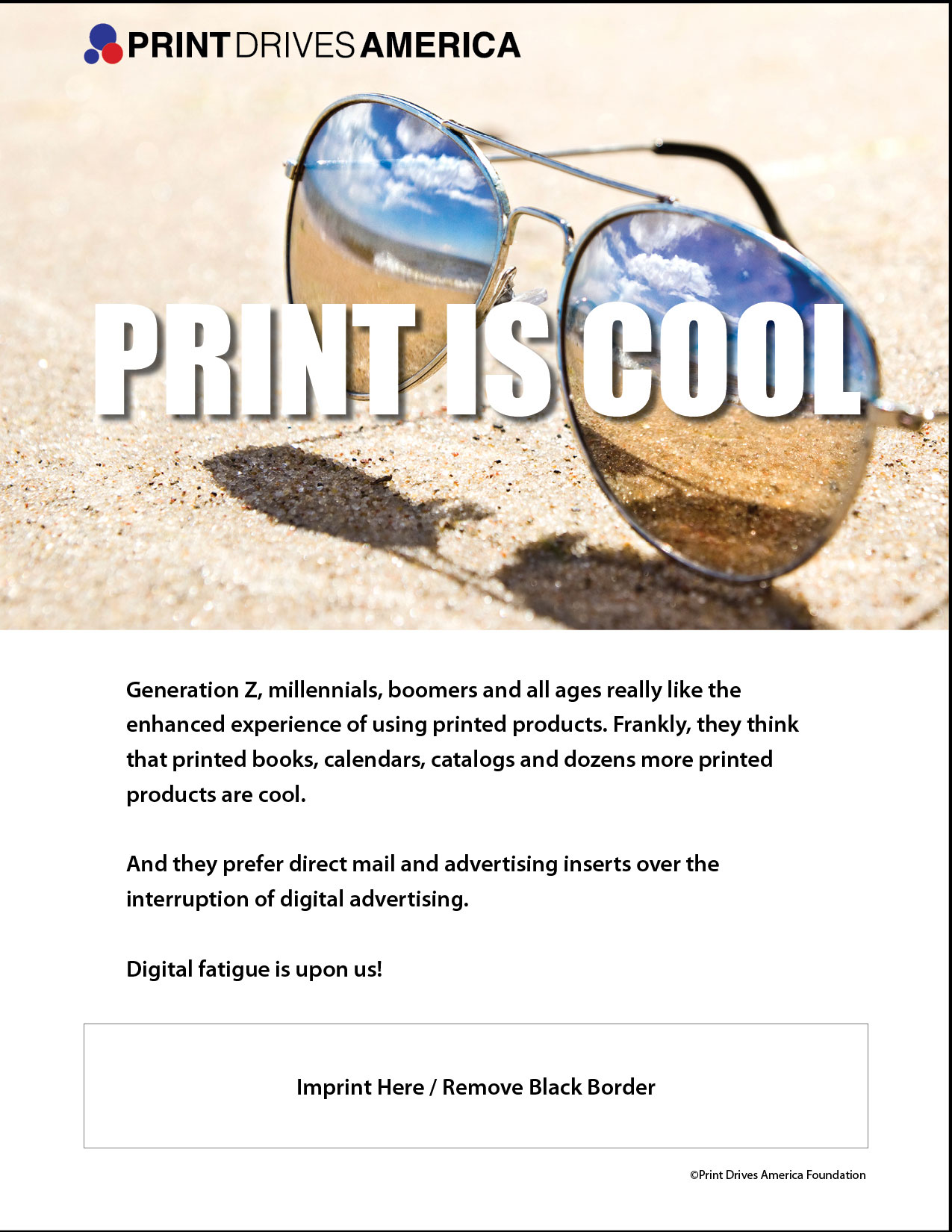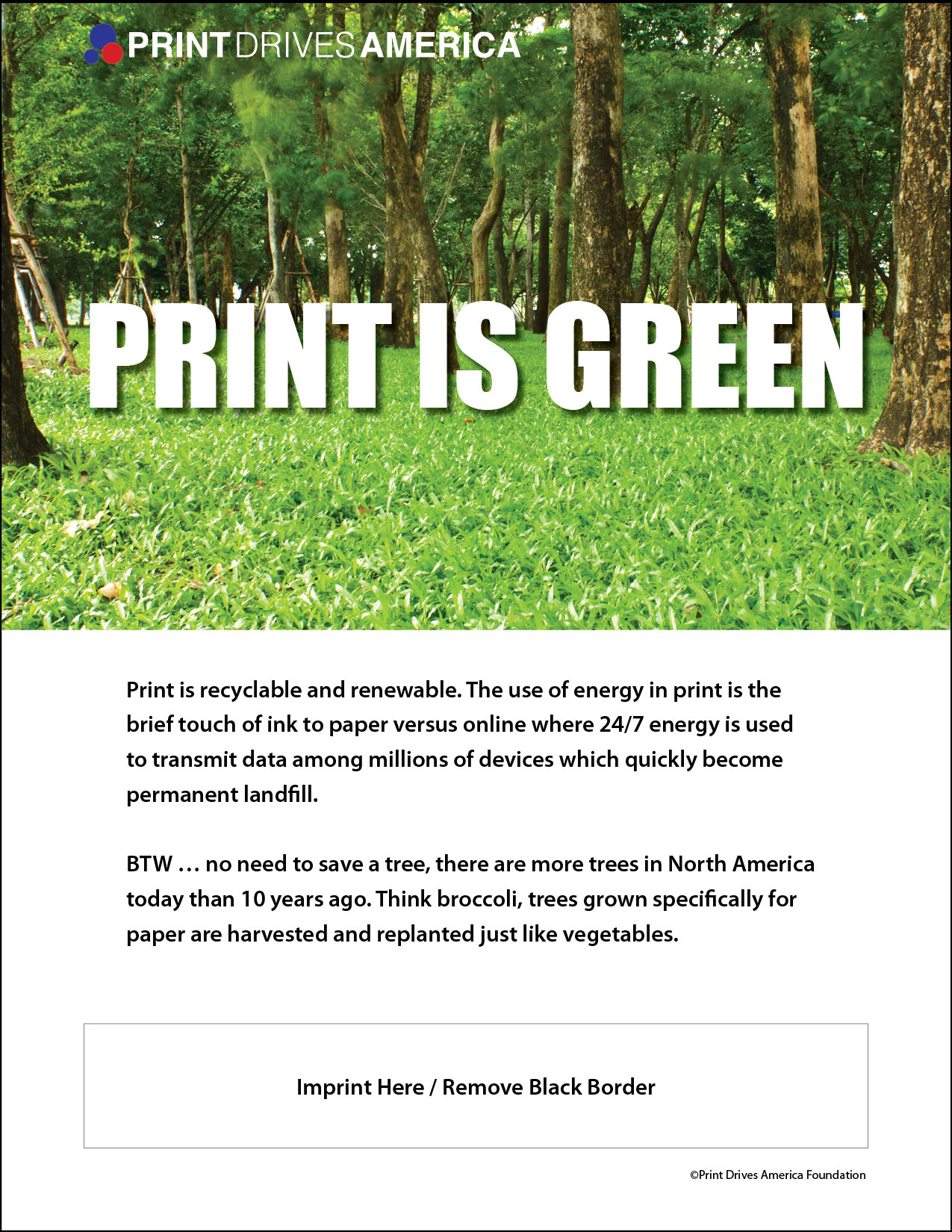The decision to use email or direct mail is a common one amongst marketers. While combining both in a cross media marketing campaign can help to increase your overall reach and frequency, it’s also notable that sometimes a marketer must choose between the two. Email has some great attributes — it can be instantaneous and personalized — but it also has some serious drawbacks, primarily, that the open rates of emails continue to drop due to an over abundance of email communication and, in turn, overall ROI is reduced.
But sending a tangible, personalized message via the USPS can break through the clutter of a person’s daily life and ultimately your message is read. In fact, while email open rates are dropping, direct mail read rates continue to rise — with the most recent DMA study showing 85 percent of direct mail pieces are either read or scanned by the recipient.
Other factors to consider when making a decision between the two communication methods is the nature of your business. If your database contains a substantial number of people without email addresses listed, than to the post office you should go!
Additionally, some customers (especially in the B2C world) prefer to come to your physical location and purchase your product or service in person — these are the people that should also be reached by direct mail over email messages. Another added benefit of direct mail? No need to worry about SPAM regulations.
Finally, personalization makes a difference — using your database and variable data printing technology you can send targeted messages to smaller portions of your target audience — because of this, each post card your brand sends can see an average of $10 of revenue per direct mail card.
Direct mail, variable data printing and database management are working well together to create unique, targeted and highly profitable marketing campaigns — how are you using direct mail in your marketing mix?
Timothy Freeman
President
Print & Graphic Communications Association




